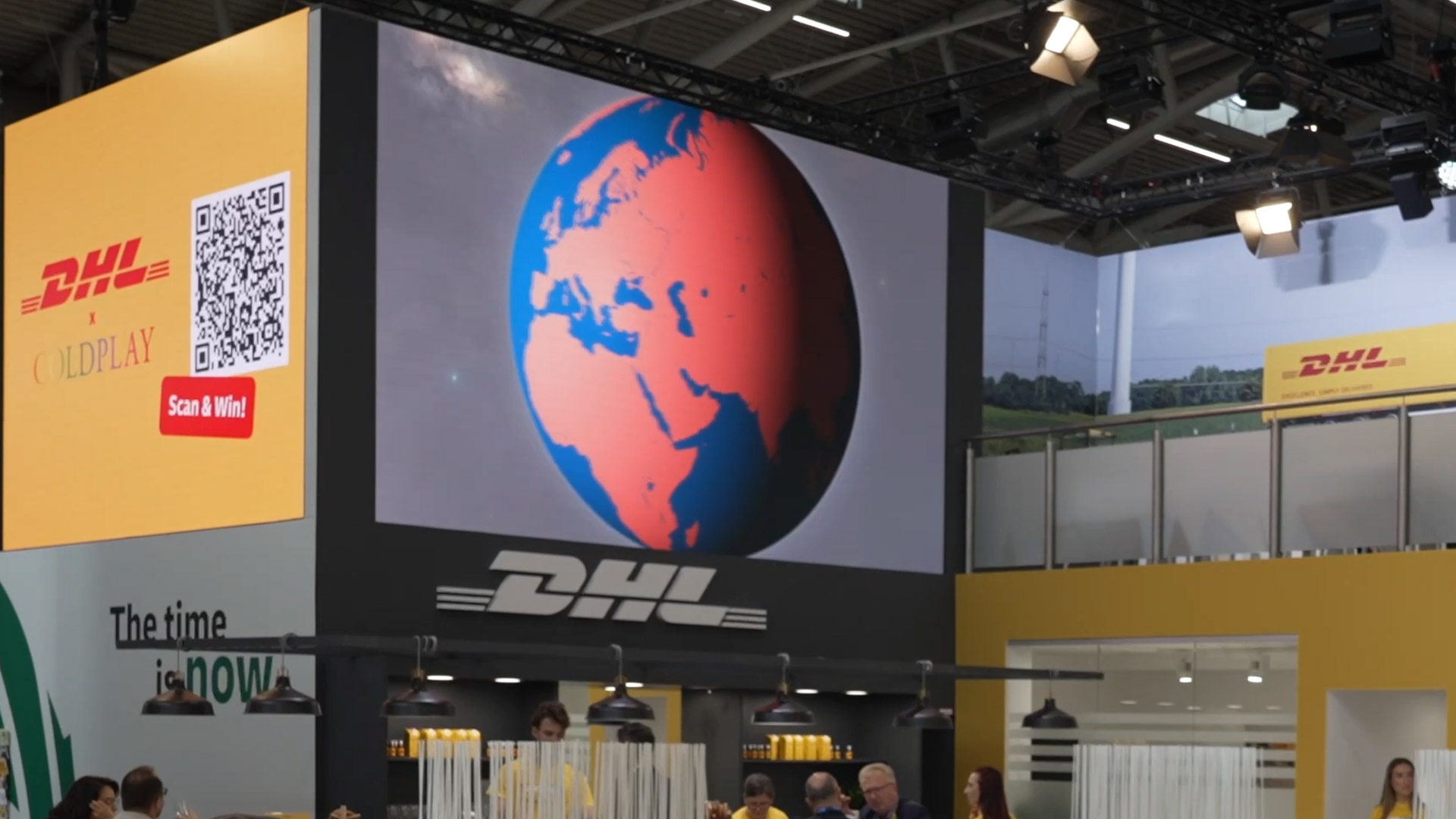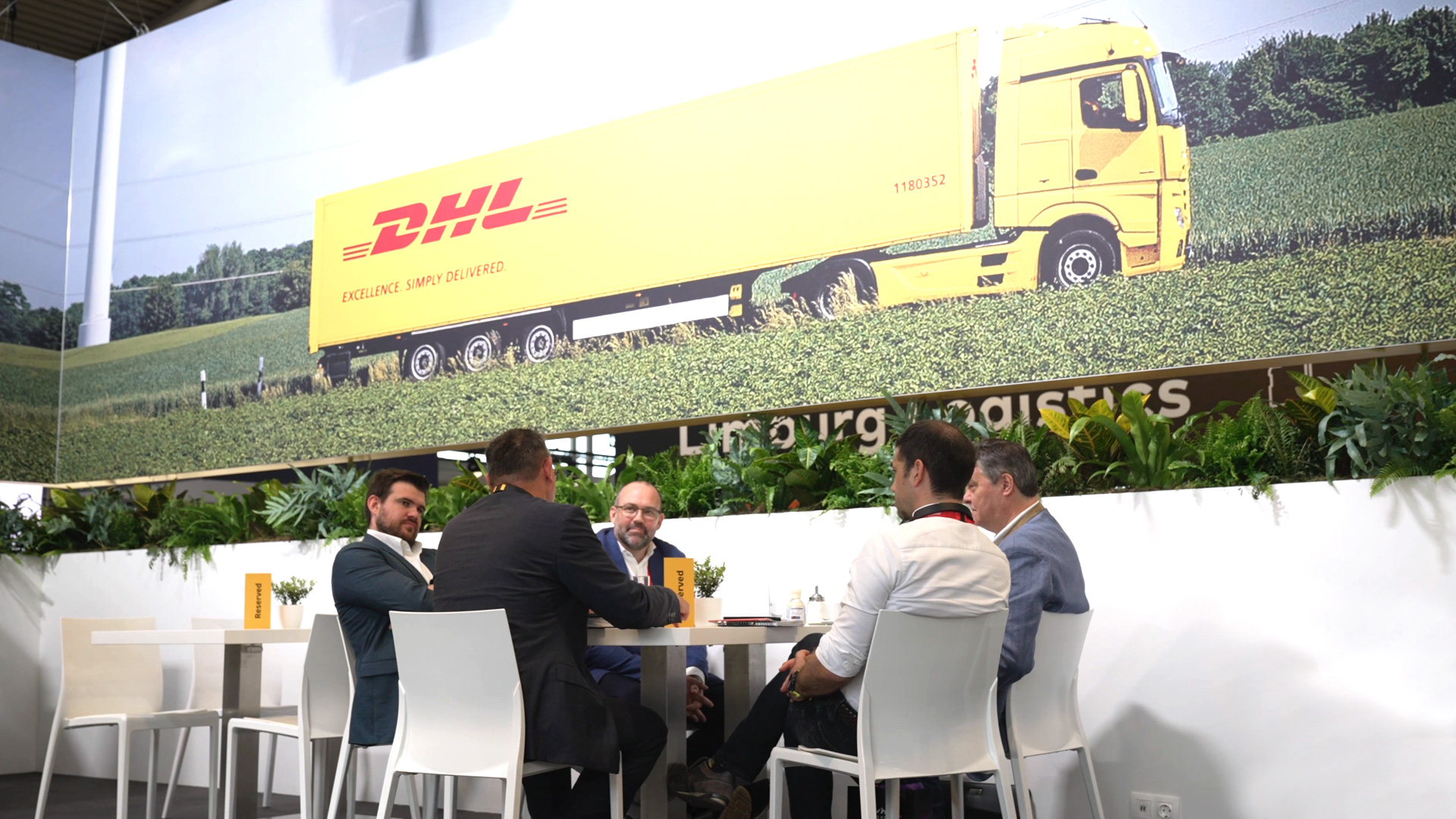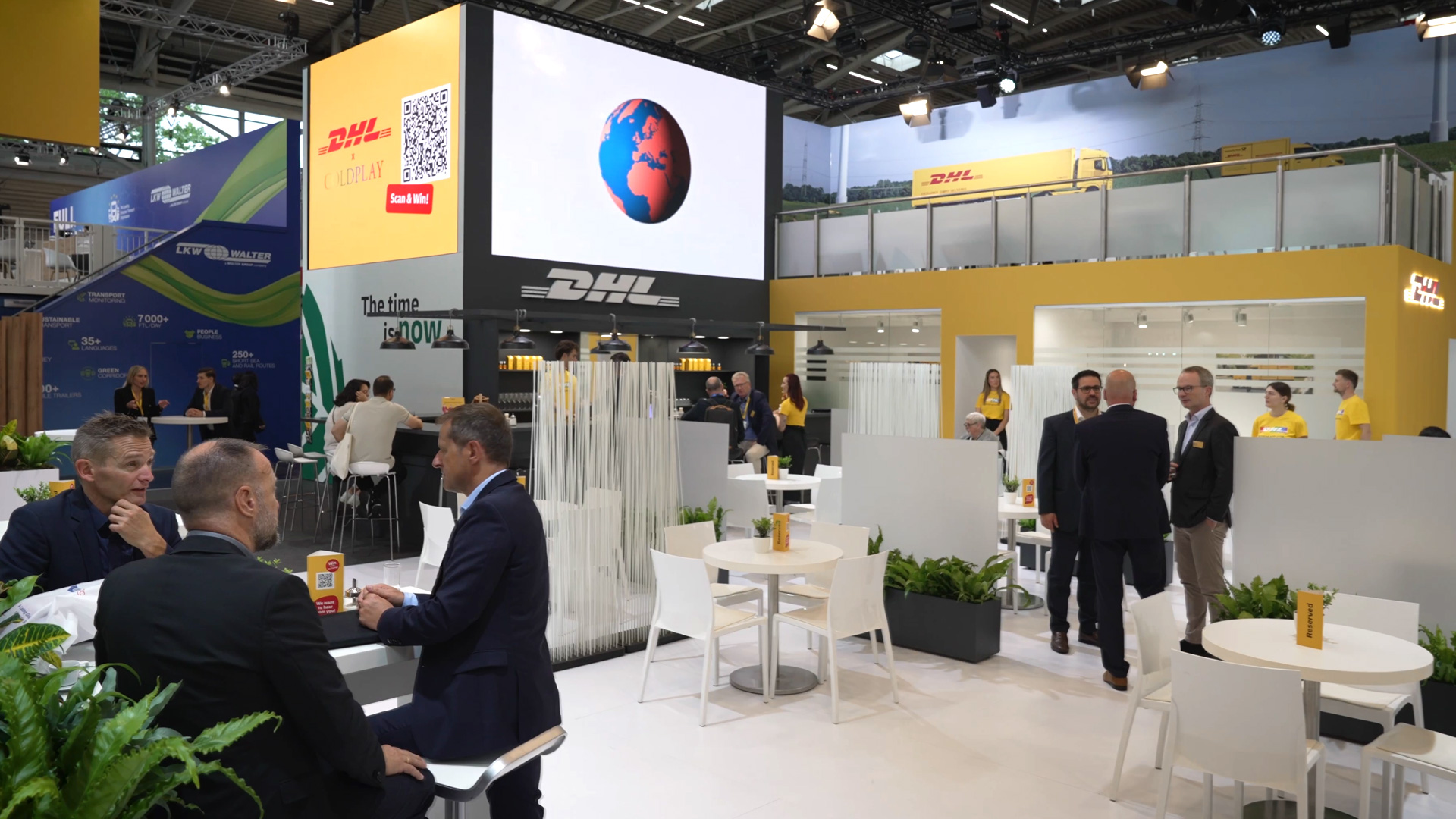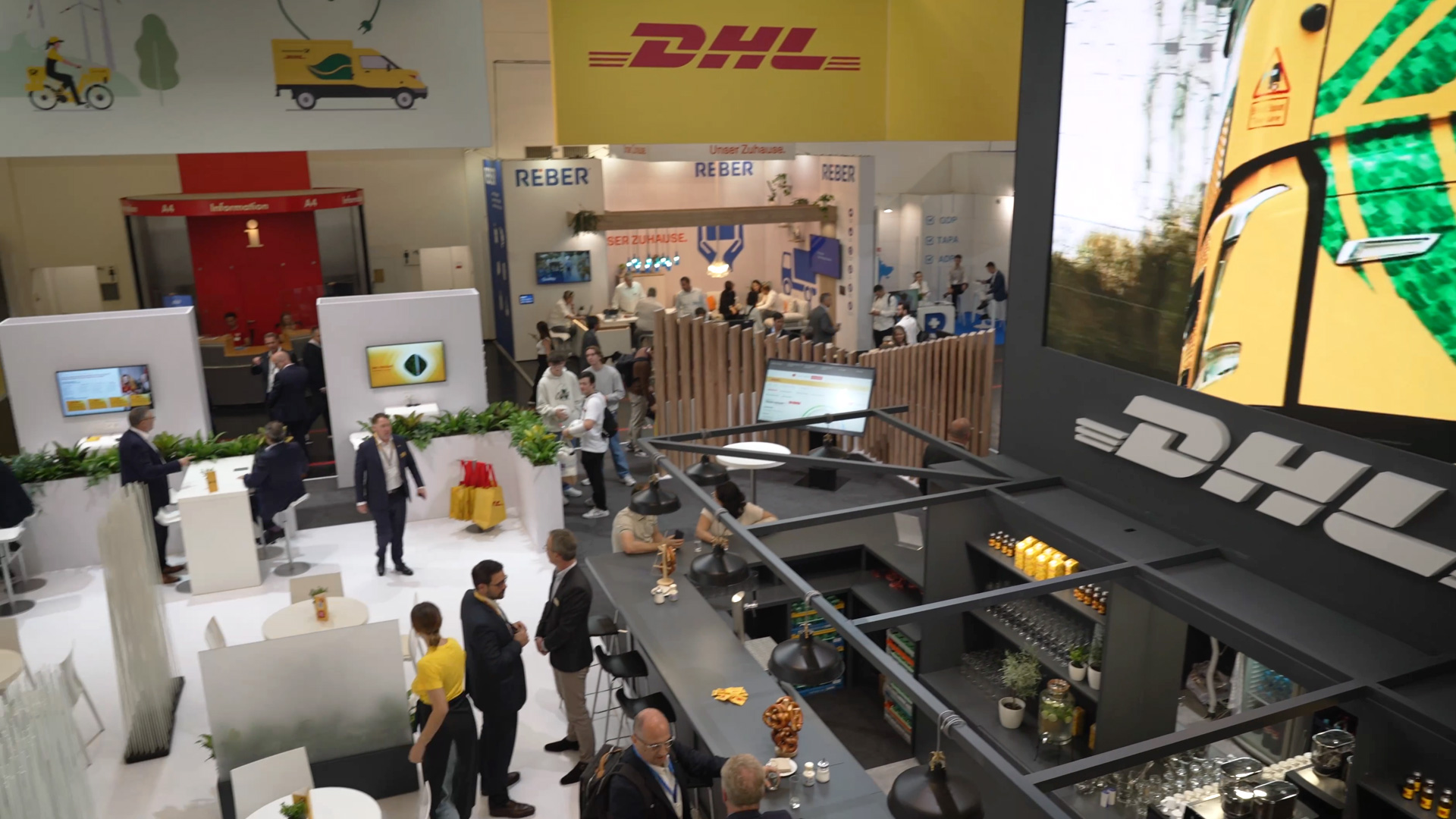When you hear DHL, you often think of yellow parcel vans in German cities. But that falls short. At transport logistic in Munich, the Group is presenting itself as an internationally networked logistics service provider with a wide-ranging portfolio: Contract logistics, air and sea freight, overland transportation and digital services. The trade fair presentation makes it clear that DHL does not see itself as a mere transporter, but as a global solution provider for a world economy that has become more complex.
Today, the DHL Group is an amalgamation of specialized divisions, each of which covers independent tasks within the global supply chain. In addition to the well-known parcel and mail business in Germany, contract logistics plays a central role: here, warehouse processes, fulfillment structures and supply chain solutions are developed for companies from a wide range of sectors - from e-commerce to industry.
At the same time, DHL offers global transportation services by air, sea, road and rail. The Group acts not only as a freight forwarder, but also as a strategic partner in the international flow of goods.

DHL openly states what many companies tacitly acknowledge: The world has become more volatile - and remains so. Pandemics, volcanic eruptions, closed airspace: the list of disruptions is long. For the Group, this volatility has long been part of everyday life. Crisis situations in particular show whether a logistics service provider can manage its systems flexibly. DHL claims to have mastered precisely this ability to adapt - with multimodal solutions by ship, air, rail and road. Trade always finds a way - that is the attitude with which the company positions itself.

Climate protection and logistics are often seen as opposites. DHL is specifically seeking to join forces with competitors, carriers and regulators. The Group is involved in platforms, committees and working groups - with the aim of establishing overarching standards. It is about openness to technology, but also about common rules: CO₂ balances, emissions data, transparency formats. The key finding: no supplier can create a sustainable supply chain on its own - but by working together, it is possible to reduce the carbon footprint and define system standards that industry and customers can understand.

Concrete implementation: Digital platforms not only show customers where their goods are located, but also which emissions are generated during a delivery - and how these can be reduced. The database thus becomes a management tool for environmental decisions along the supply chain.
The pandemic has given digitalization a significant boost. For DHL, this means that processes have been rethought and technologies adapted more quickly. Artificial intelligence is not just a theoretical buzzword, but a practical tool. Generative AI is used internally to relieve employees in their day-to-day office work - for example through automated word processing or information systems. At the same time, AI-based tools are used in route planning and efficiency management. The aim is not just speed, but better use of resources - in terms of economic efficiency and the environment.

The combination of data-driven optimization and digital transparency is part of the strategy. Processes should not only become more efficient, but also more comprehensible - both internally and externally.
DHL deliberately speaks of evolution rather than disruption. The transportation business is changing - due to new technologies, increasing demands for sustainability and geopolitical shifts. The Group is not responding with a change in strategy, but with the continuous development of its systems, tools and services. It is about sustainable solutions, not effects.

The trade fair presence in Munich is therefore not a self-promotion, but a strategic signal: DHL is showing how global logistics is repositioning itself in the face of change - not as a response to a single trend, but as a systematic reaction to a complex environment.